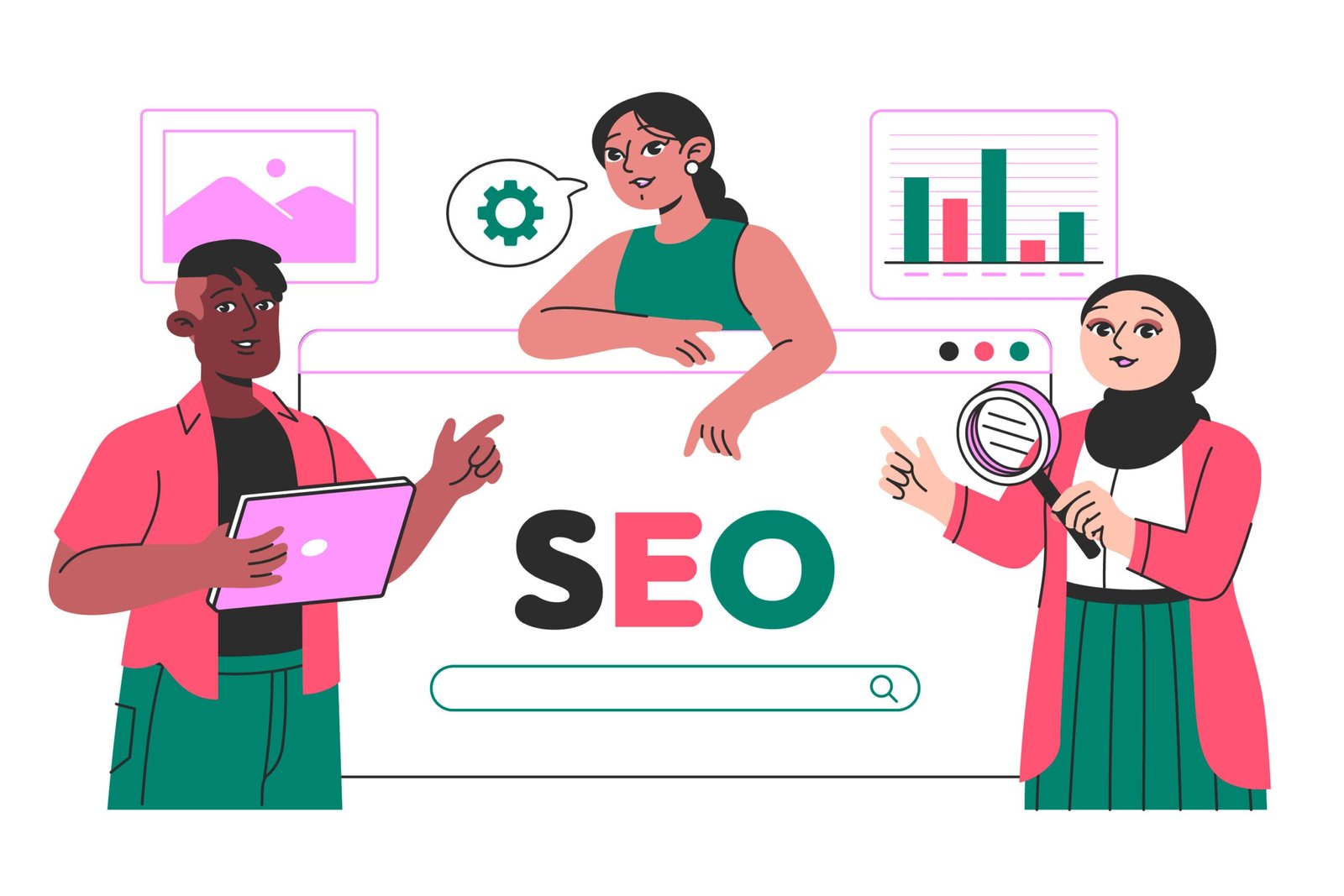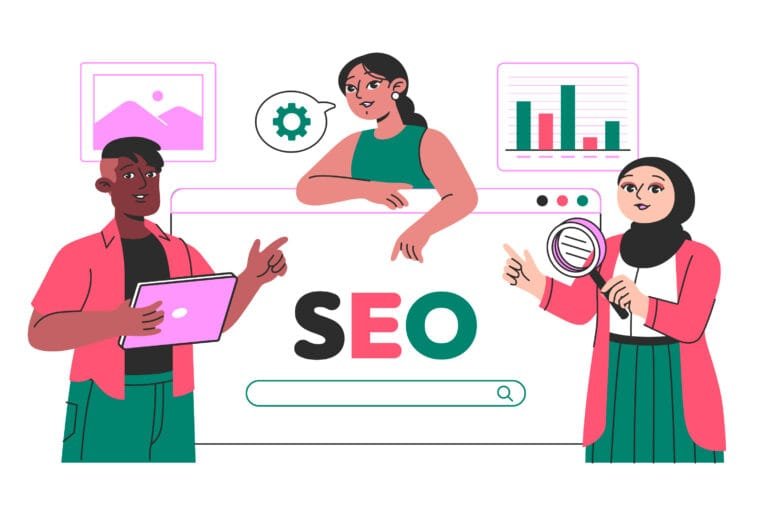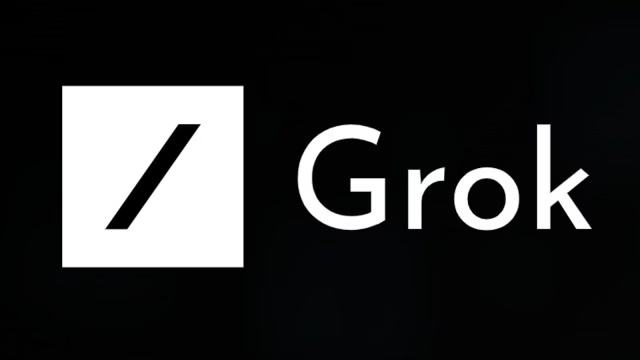If you’re serious about SEO, it’s time to treat E-E-A-T as a non-negotiable. Google isn’t just looking for keyword-stuffed pages anymore—it’s prioritizing content that’s accurate, trustworthy, and created by real experts. Enter Experience, Expertise, Authoritativeness, and Trustworthiness—the four pillars of content quality.
This concept came straight from Google’s Search Quality Rater Guidelines, and it’s designed to cut through misinformation, spotlight real value, and reward websites that truly serve users.
If your website provides helpful, accurate content and creates a trustworthy user experience, Google will notice—and so will your traffic.
Why E-E-A-T Matters More Than Ever
Google is crystal clear: if your content influences someone’s health, finances, or overall well-being—known as YMYL (Your Money or Your Life) content—it must be factual, expert-driven, and responsible. There’s no room for half-baked advice or anonymous authors.
But here’s the kicker: E-E-A-T affects all industries, not just healthcare or finance. Whether you’re running a B2B SaaS brand or an eCommerce site, E-E-A-T helps Google determine if you’re a credible source—or just noise.
What High-Quality Content Actually Looks Like
Forget vague checklists. High-quality content is purpose-driven and built with users in mind.
According to Google’s guidelines, standout pages feature:
- Proven experience and expertise behind the content
- Valuable, original insights (not generic fluff)
- A descriptive, honest title that reflects the content
- Clear author information and bios
- A strong site reputation within your niche
- Excellent user experience, from navigation to page layout
What Low-Quality Content Looks Like (And Why It Kills Rankings)
Here’s the truth: bad content hurts your site.
If your pages are thin, misleading, or written by anonymous authors with no credibility, expect lower rankings—and fewer conversions.
Red flags for low-quality content include:
- A lack of real-world experience or authority
- Clickbait headlines with disappointing content
- Weak or unhelpful main content
- Obtrusive ads that distract from the message
- No clear info about who created the content
- A poor or negative reputation
How Generative AI Fits Into the Picture
Let’s address the elephant in the room: AI-generated content.
Yes, AI can help you scale—but don’t mistake speed for quality. Google doesn’t care if a bot wrote your content or not. What it cares about is value, originality, and trust.
That means your content should be backed by real expertise, credible sources, and authentic insights.
Use AI to support your workflow, not replace your voice.
2 Ways to Instantly Improve Your E-E-A-T
Ready to elevate your site’s credibility and SEO? Start here:
1. Showcase Your Authors with Bylines and Bios
Every article should clearly state who wrote it—and why they’re qualified.
A byline builds trust. A professional bio builds authority. Make sure to:
- Display the author’s full name
- Add a headshot
- List their role or title
- Share a brief but impactful bio
- Link to their social or professional profiles
The goal? Make it clear that your content is created by real people with real experience. Not someone named “Admin” or “Team.”
2. Make Your Contact Information Obvious
Trust goes beyond the content itself. If people can’t easily find out how to contact you, get support, or learn more about your business, they’ll bounce—and so will Google.
Link to your About Us and Contact pages in your main nav or footer. Offer live chat, email, or forms that show you’re available and responsive.
A site that hides from users? That’s a red flag. A site that’s accessible and transparent? That’s E-E-A-T in action.
Final Take: E-E-A-T Isn’t Optional—It’s Essential
Google is cracking down on low-quality content—and rewarding brands that show real value. If you want to rank higher, convert better, and build long-term trust, E-E-A-T must be at the core of your content strategy.
Don’t just create content. Own your niche. Prove your credibility. And lead with trust.











